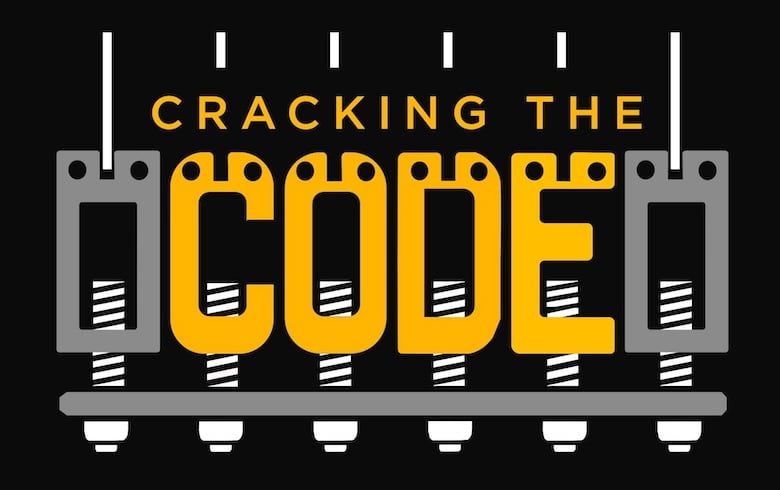Chapter 12 - Rolling Threes

Hell yeah, this is a Free Video!
This is one of the many free videos on the Cracking the Code platform — just log in to your Basic membership account to watch it.
Already a member? Sign in here.
Another common device that Eric uses for variety in his box position soloing is an ingenious distillation of the sweeping component of the fives pattern:
This is a cool sequence that uses a rolling pattern of threes to quickly ripple the melodic direction of a phrase to a higher string. It’s hard to hear the ripple effect of the pattern when played slowly — it’s almost more felt than heard. But up to speed, and tucked inside a blues lick,it is yet another clever way that Eric subverts the rhythm of phrases to change direction in surprising ways.
Its construction is such that it can be stacked with itself, to roll the direction of the lick as many higher strings as you’d like. Isolated across, say, four strings, it sounds like this:
What’s also interesting about this sequence is that the picking structure is really just three-note-per string sweeping. In fact, as far as the right hand is concerned, it is identical to the strategy that Yngwie uses for ascending 3nps scalar sweeping, just applied to a type of pentatonic trill that is utterly different in sonic effect. Considering the fundamental importance of 3nps picking patterns in lead playing, and the usefulness of applying them to two 2nps fingerings like this, it’s worth converting Eric’s rolling threes pattern into an exercise. If we pair it with fives in the descending direction, again across four strings, we can generate this looping idea:
Cool. And despite the similarity of the picking component of this exercise to what we’ve already seen of Yngwie’s mechanics, Eric’s rolling threes pattern most likely did not evolve from any kind of overt search for scale playing solutions. In fact, if we consider the first note of the sweep to be the first note of the pattern, then the second note would be the second swept note on the next higher string, followed by the index finger that string. This isolates the sweep component of the fives mechanic. It is sonically and conceptually far removed from the linear structure of Yngwie’s scalar lines. And it’s an amazing example of how different players can arrive at identical mechanical solutions to totally different artistic problems.

